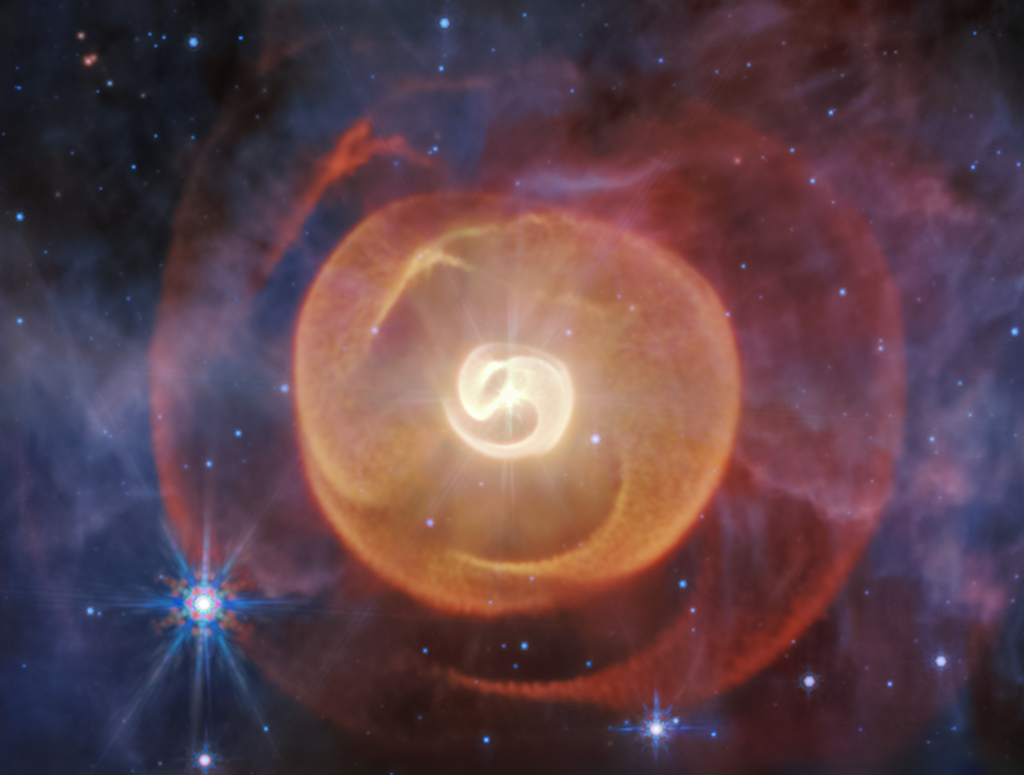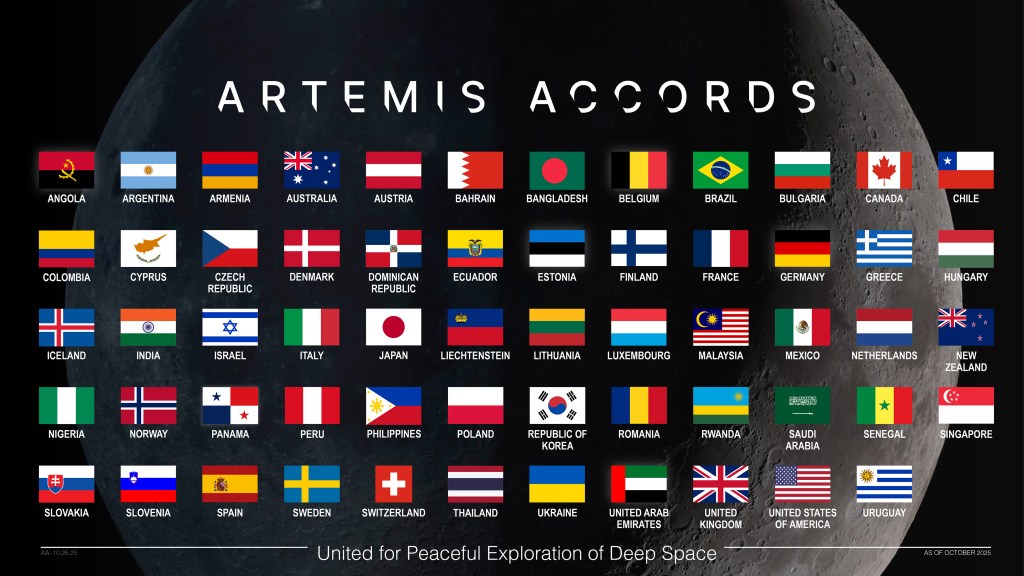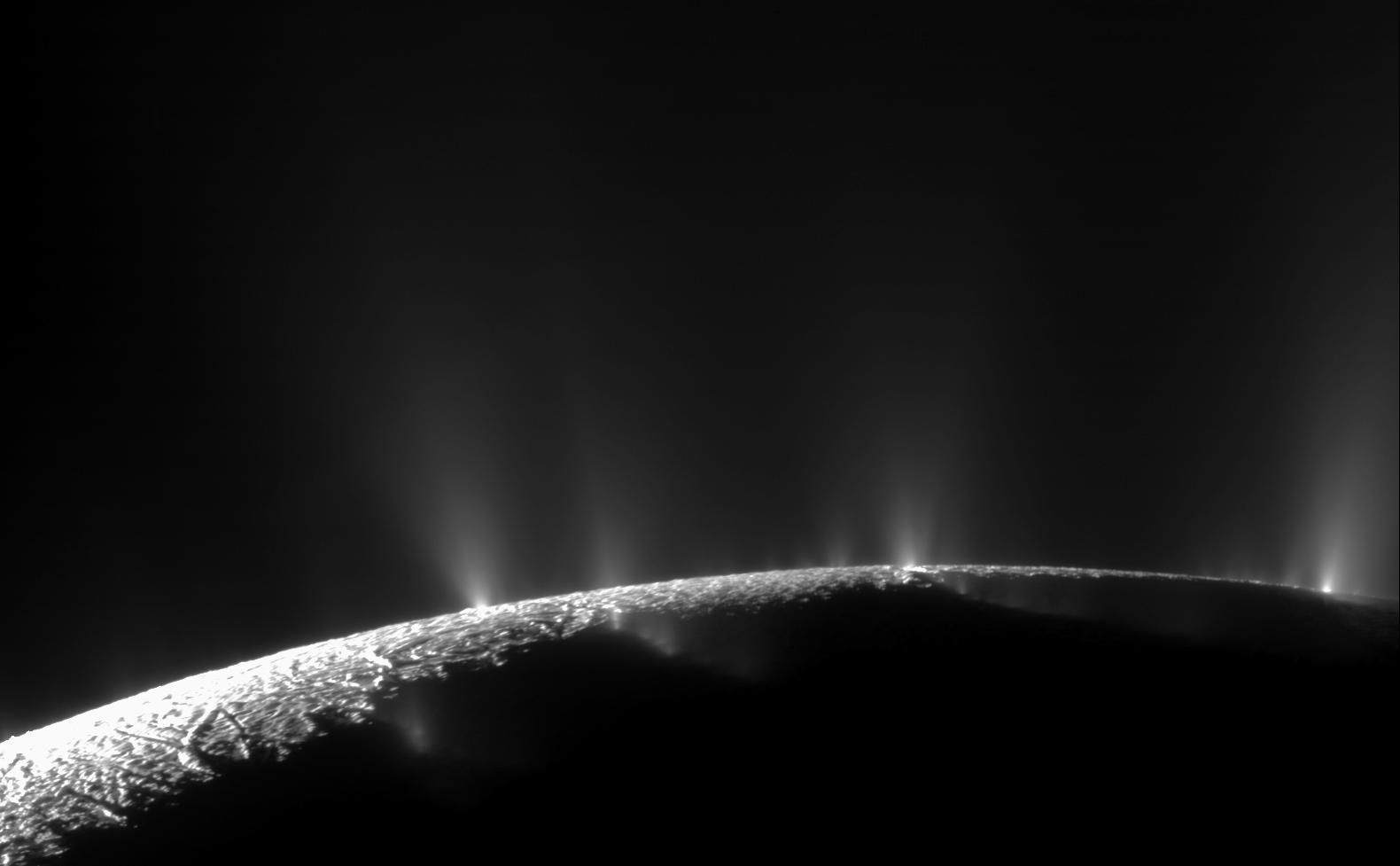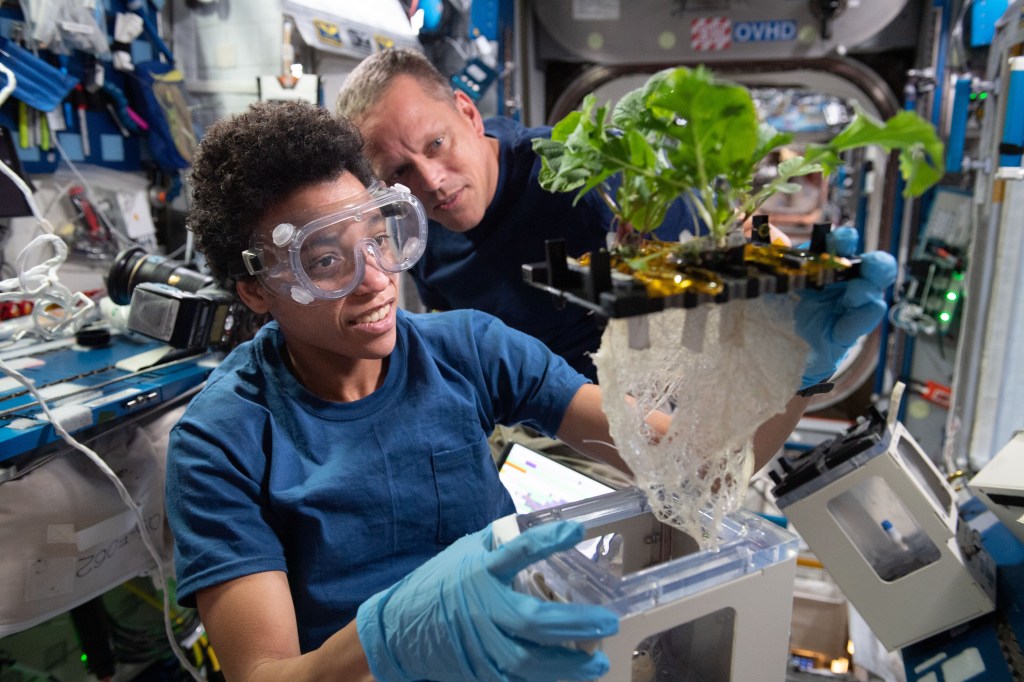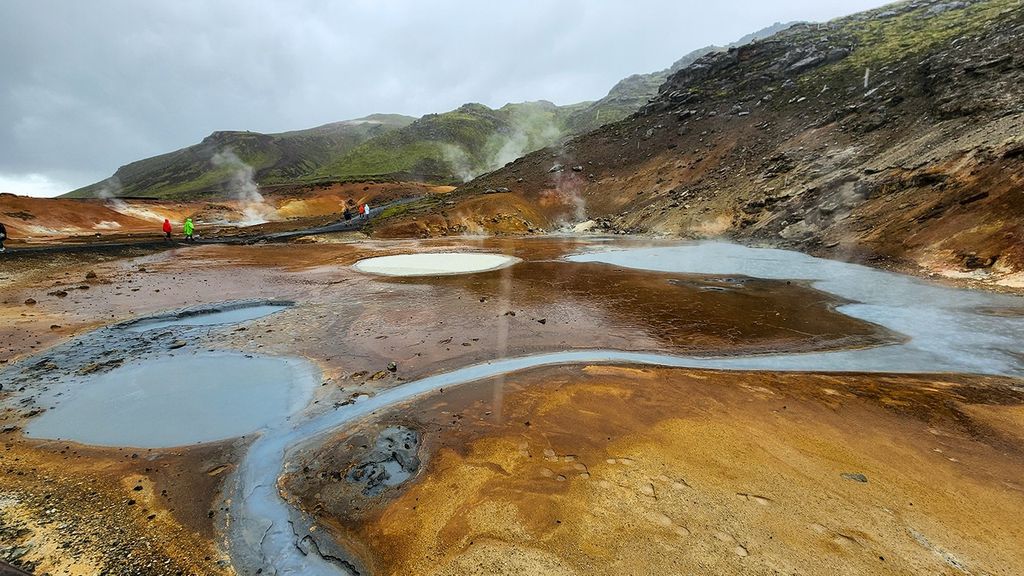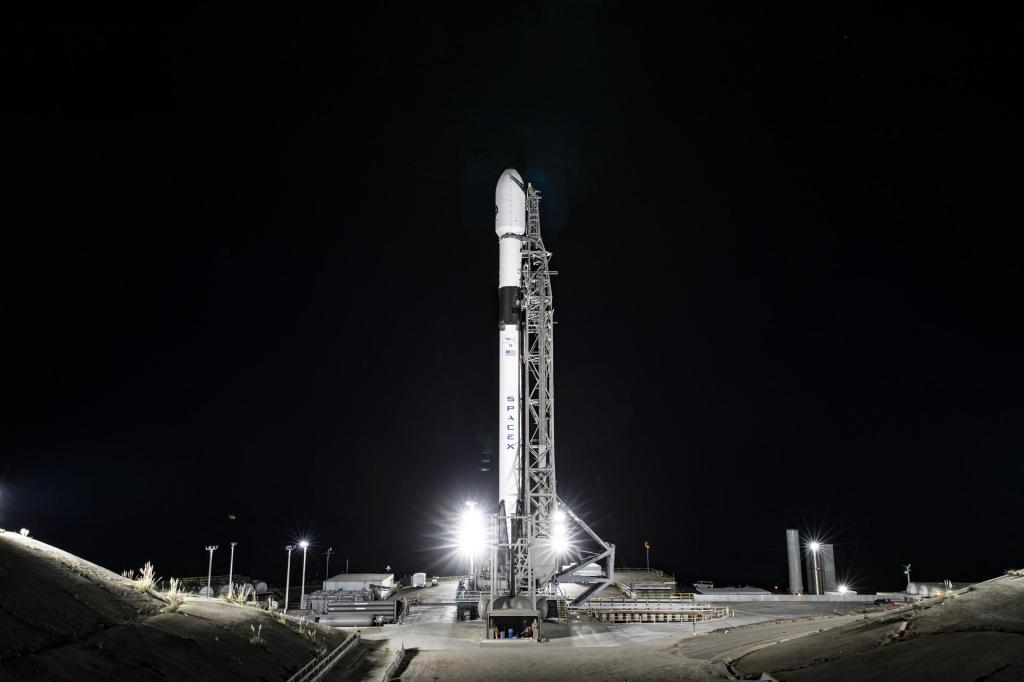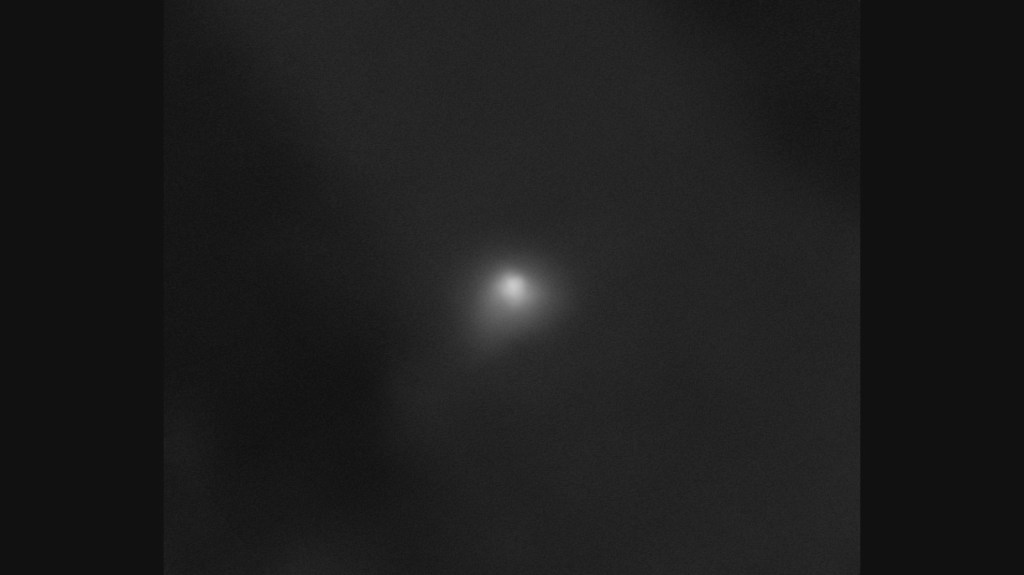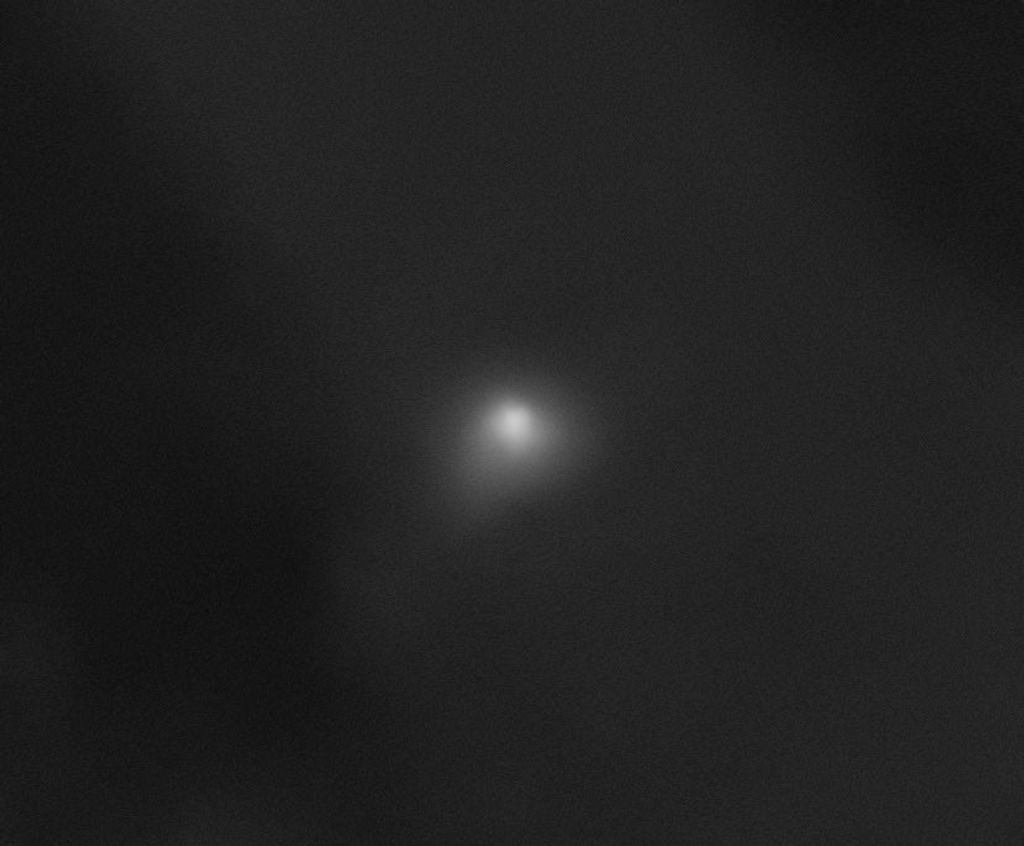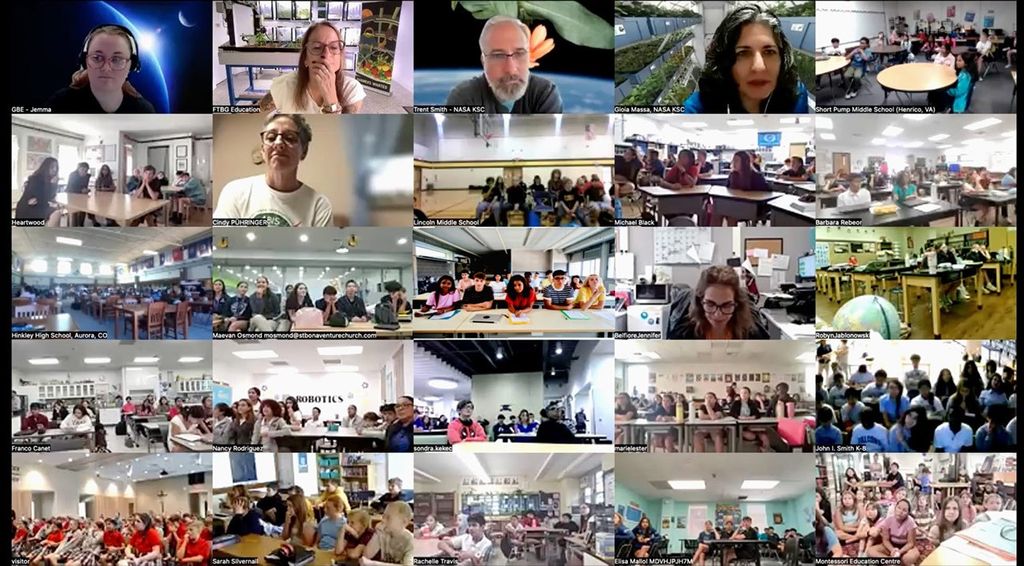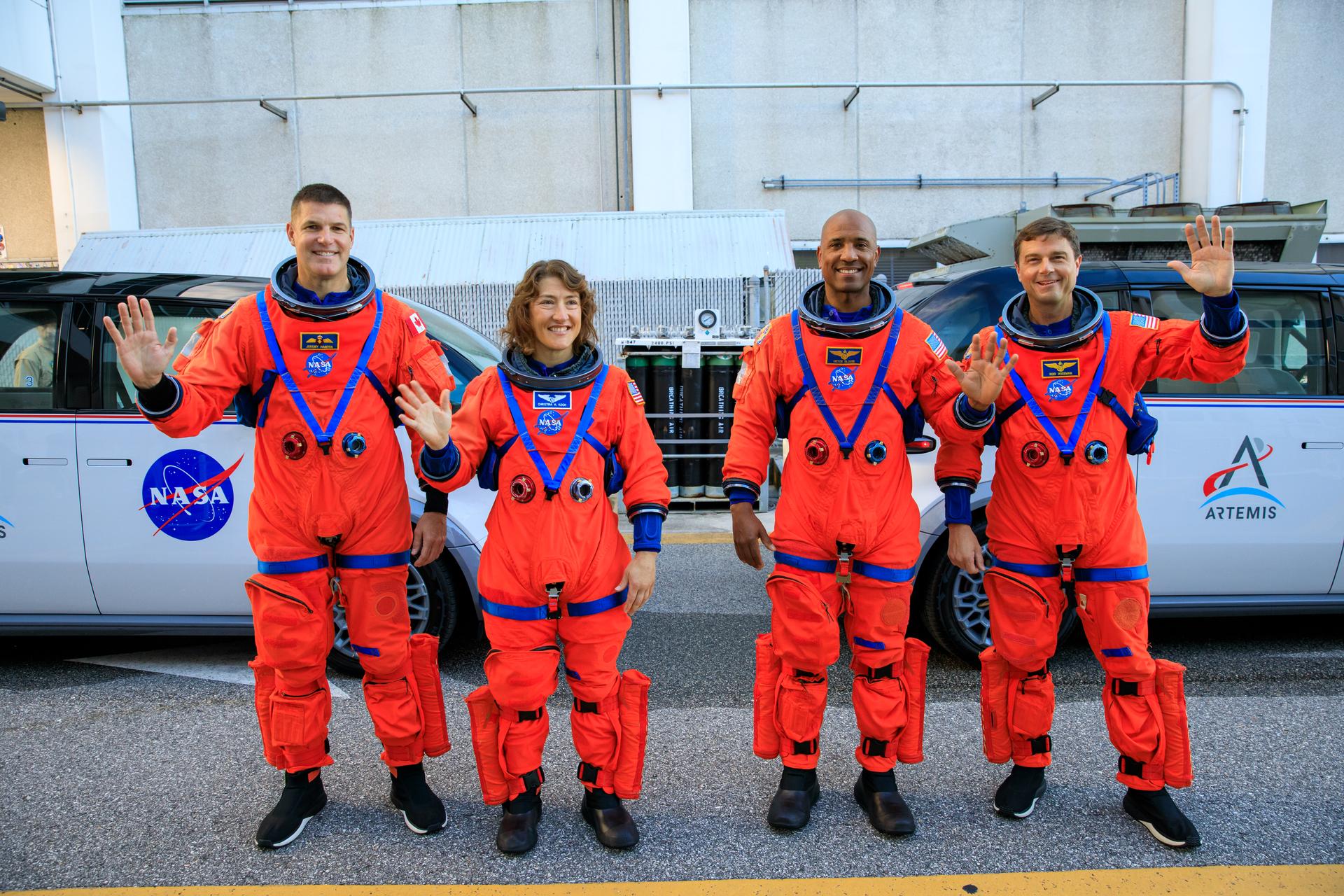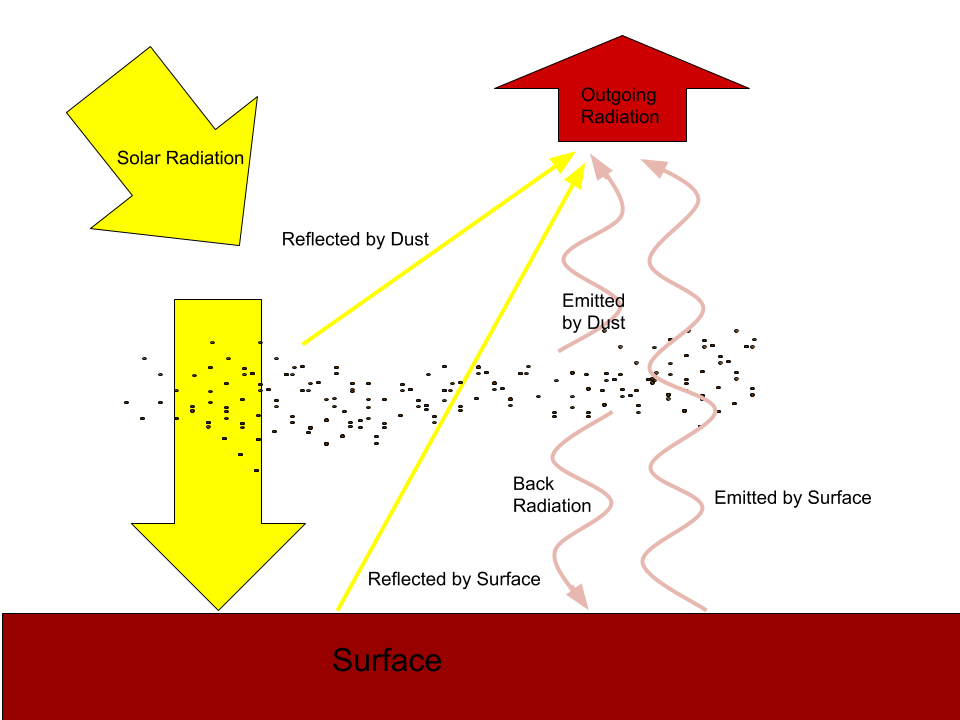Radiative Transfer
A 2-stream radiative transfer equation is solved to calculate heating rates due to gaseous absorption CO2 and H2O and aerosol extinction from dust and water ice particles. Gaseous opacities are calculated using the correlated k method, and Rayleigh scattering is calculated for CO2. Mie theory is used to calculate extinction efficiencies and scattering properties for aerosols, assuming a log-normal size distribution. Ice is assumed to have a core-mantle structure, with refractive indices for dust taken from Wolff (2010), and ice from Warren (1984). The optical properties are used in a two-stream code to calculate fluxes, and heating rates are computed from the flux divergences. There are 7 visible bands (0.4‐4.5 μm), and 5 IR bands (4.5‐1000 μm), or 8 IR bands (with an additional spectral resolution around 15 μm).
To properly extend the GCM vertical domain to the middle atmosphere the incorporation of Non-Local Thermodynamic Equilibrium (NLTE) heating (visible) and cooling (infrared) are needed. The NLTE solar heating rates correction is from Table 1 in López-Valverde et al. (1998). This table has been parameterized and is represented as a function which the LTE visible heating rates are multiplied by:
f=(2.2E4*P)/(1+2.2E4*P); P is pressure in millibars (Haberle et al. 1999)
The CO2 15-µm cooling parameterization is adapted from Bougher et al. (2006), which was based upon 1-D NLTE radiative transfer model calculations of Lopez-Valverde et al. (1998). The scheme utilizes a fixed reference atmosphere which will be replaced with calculated/updated chemistry from a photochemical scheme (see photochemistry section). The cooling LTE to NLTE transition occurs at 0.1 Pa.

